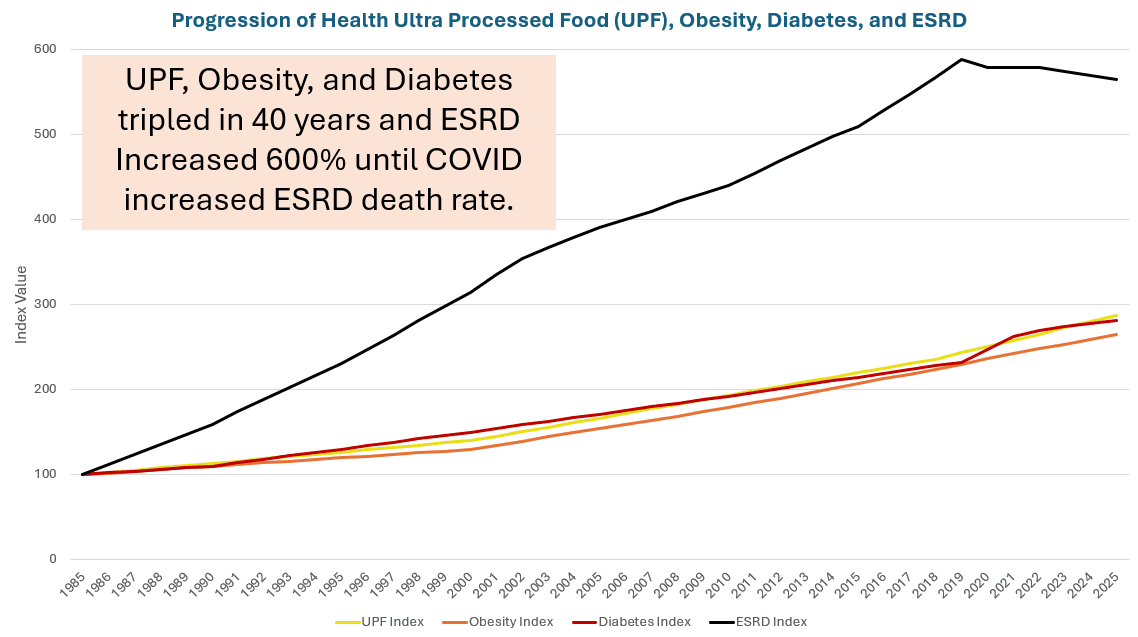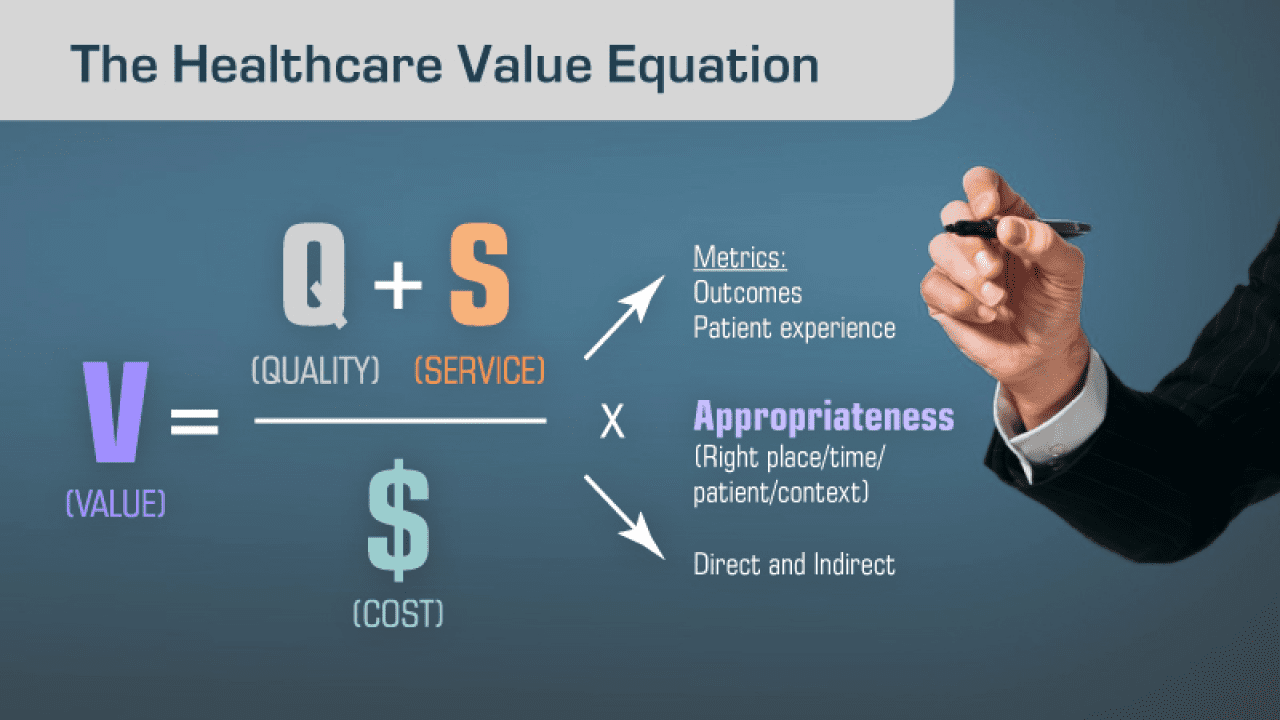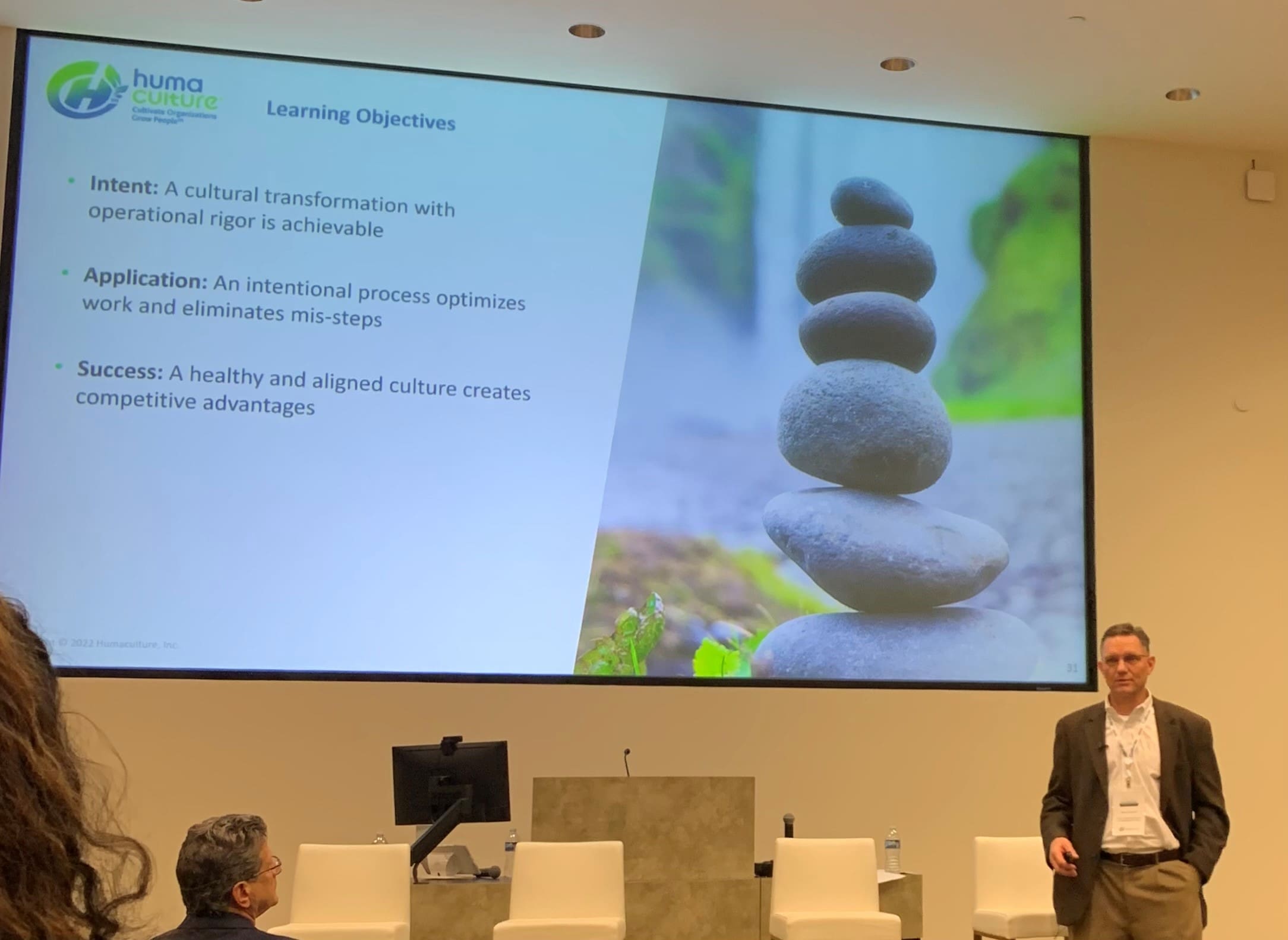Category: Cost Management
Trends in Diabetes and Excess Mortality – CEO Interview

Read about Humaculture’s CEO’s, Steve Cyboran, ASA, MAAA, FCA, CEBS, interview with Life Annuity Specialist featured in Diabetes is Killing More Americans Than Ever Before. Steve explains the trends in diabetes over the last 40 years. The rate of diabetes almost quadrupled from around 3% in the 1980s to 11.3% in 2023. Deteriorating health is a contributing factor to the trends in diabetes, which leads to elevated health costs, disability rates, and mortality.
The good news is that there is quite a bit insurance carriers and employers can do to stem the tide and help People become healthier to the benefit of the insured and the Organization’s bottom line. Contact us to discuss how.
Available Support
We are available to support you in your strategy, design, compliance, financial, and monitoring needs. Our team includes business and human relations leaders, finance experts, actuaries, clinicians, behavioral health experts, pharmacy experts, and legal resources to guide you through the strategy and compliance process. Please contact us: [email protected].
Voluntary benefits & captives: A new paradigm of transparency & control

Join us on Thursday, March 28 from 1:00 to 1:30 CDT for Employee Benefit News’ Web Seminar “Voluntary benefits & captives: A new paradigm of transparency & control.”
Presenters
- Steve Cyboran, ASA, MAAA, FCA, CEBS, actuary and strategy consultant
- Amy Hollis, CEO/Founder at Employees First
- Erik Sossa
- Mimi Leonard
- Allison Itami, Principal at Groom Law Group
Objective
Today, employers face increasing pressure to reduce costs while increasing the value of Total Rewards in an effort to elevate employees’ wellbeing. In this ever-challenging benefits landscape, there is a ground breaking innovation – the pairing of voluntary benefits with captives. This new approach offers exciting solutions, particularly for large-market employers, but first, but it is critical to understand and evaluate the potential opportunities and pitfalls.
Hear from industry leading benefits experts to learn more about…
- the market forces driving these emerging solutions
- the foundational basics – why deliver voluntary benefits through a captive?
- the best practices for evaluating whether these solutions are a “fit” for your organization
- expectations for the future
- why you may not have heard about these solutions until now
Houston Business Coalition on Health Conference Presents The Value of Alternative Medical Facility Healthcare

Join the Houston Business Coalition on Health (HBCH) for its annual meeting where HBCH will be outlining the value of alternative medical facility healthcare. Our CEO, Steve Cyboran, ASA, MAAA, FCA, CEBS will be facilitating a session during the meeting.
Panel topics include:
- Independent Primary Care Clinics
- Onsite / Near Site Clinics
- Retail Clinics
- Ambulatory Surgical Centers
- Free Standing Imaging Centers
- Free Standing Specialty Infusion Centers
- Community Oncology Clinics
- Home Health Care
- Digital / Telemedicine
Event Info
Breakfast and Lunch: Included
Time: August 24, 2023 7:00 AM – 7:00 PM (CDT)
Location: 6500 Main St, Houston, TX, 77030, United States (Rice University – Bioscience Research Collaborative Building)
HBCH Employer Member: $50
Employer Non-Member: $75
HBCH Associate Member: $100
Associate Non-Member: $350
Event Link: https://coalition.houstonbch.org/ap/Events/Register/MrD6wGoP
LinkedIn: https://www.linkedin.com/company/houston-business-coalition-on-health/
Houston Business Coalition on Health Presents Houston Smart Network

Join the Houston Business Coalition on Health for this employer-only event (consultants may come with their client) where HBCH will be outlining the concept, timeline, and benefits for participating in the Houston Smart Network. Our CEO, Steve Cyboran, ASA, MAAA, FCA, CEBS will presenting during the meeting.
Lunch will be served!
HBCH is on the cusp of developing a Houston-based alternative to your regular health plan that provides more for less. HBCH will highlight Smart Network benefits, including better health outcomes, less cost for you and your employees, and an integrated, simple employee experience.
This interactive discussion will include:
- The urgent need for a Smart Network in Houston
- Overview of the Smart Network – a different but proven type of benefits option
- Smart Network Design Elements
- Actuarial Analysis of the Smart Network
- Local and National Provider Assessments
- How to Get Started
Presenters
- Steve Cyboran, ASA, MAAA, FCA, CEBS, CEO, Consulting Actuary, Chief Behavioral Officer, Humaculture, Inc.
- Chris Skisak, PhD, Executive Director, HBCH
- Dan Burke, VP Corporate Benefits, Turner Industries Group, LLC
- Sue Prochazka, Benefits Consultant, HBCH
- Josh Berlin, CEO, rule of three
- Ken Janda, CEO, Wild Blue Health Solutions
- Daniel Crowe, MD, Wild Blue Health Solutions
- Juliet Breeze, MD, CEO, Next Level Medical
- Cheryl DeMars, President & CEO, The Alliance
Objective
Explain the benefits of the Houston Smart Network, understand employer interests, including willingness to support financially, and learn about new Texas legislation that will be gamechanger for employers. Interested employers can contribute to the development of the Houston Smart Network, and each dollar may be matched by two major philanthropic organizations.
Event Info
Fee: Free!
Lunch: Included
Time: Tuesday, June 6, 2023 12:00 PM – 4:00 PM (CDT)
Location: 50 Waugh Drive, Houston, 77007 (United Way of Greater Houston)
Event Link: https://houstonbch.org/smart-network-overview/
Watch CEO’s Presentation on Strategies to Reduce Total Cost of Care

Watch a replay of our CEO, Steve Cyboran, ASA, MAAA, FCA, CEBS, present at the Houston Business Coalition on Health on How to Reduce Total Cost of Care Through Organizational Culture. Joining him as a presenter is Ray Fabius, MD, Co-Founder and President of HealthNEXT.
Available Support
We are available to support you in your strategy, design, compliance, financial, and monitoring needs. Our team includes business and human relations leaders, finance experts, actuaries, clinicians, behavioral health experts, pharmacy experts, and legal resources to guide you through the strategy and compliance process. Please contact us: [email protected].
Webinar Replay: Pest Management, Minimizing Plan Losses through Fee Disclosure

Watch a replay of the fifth webinar in Humaculture, Inc.’s Hidden Opportunities, Strategic Compliance Series, which focuses on how to use fee disclosure to leverage behavioral design, seek strategic advisors, and optimize plan efficiency.
Presenters
- Steve Cyboran, ASA, MAAA, FCA, CEBS, actuary and strategy consultant
- Wes Rogers, Humaculturist® and strategy consultant
- Jack Towarnicky, LLM, JD, MBA, CEBS, attorney, strategy and compliance consultant
Objective
Beyond basic compliance, this series addresses how to strategically leverage the No Surprises Act and Transparency in Coverage to create a competitive advantage for both the employer and employees. This session focuses on how leveraging Fee Disclosure as a means of “Pest Management” to leverage behavioral design to align interests with your advisors to take a strategic approach and identify conflicts of interest and inferior value in services provided.
Fee Disclosure Key Takeaways
During this session, participants will learn that:
- It seems Congress doesn’t believe group health plan fiduciaries are knowledgeable about fees
- This may be a first step to shine light on fee reasonableness, conflicts of interest
- While the plan fiduciary remains responsible, advisors are put on notice to disclose
- Mere compliance ignores the opportunity to cultivate the organizational soil
- Leveraging Fee Disclosure as a means of “Pest Management” can:
- Identify conflicts of interest and inferior value in services provided
- Avoid advisors who haven’t already fully disclosed their compensation
- Seek advisors who take a strategic approach, cultivate your organizational soil
- Employ behavioral design to align interests
Available Support
We are available to support you in your strategy, design, compliance, financial, and monitoring needs. To that end, our team of consultants, including actuaries, clinicians, behavioral health, pharmacy, and legal resources are available to guide you through the strategy and compliance process. Please contact us: [email protected].
Watch
Watch the Hidden Opportunities: Pest Management, Minimizing Plan Losses through Fee Disclosure Webinar Replay below, or via Rumble or YouTube.

Webinar Replay: A “Dope” Response to Pharmacy Transparency

Watch a replay of the third webinar in Humaculture, Inc.’s Hidden Opportunities, Strategic Compliance Series, which focuses on why the new pharmacy transparency law will not increase transparency; will increase costs, administration, and litigation risk; and how to effectively respond.
Presenters
- Steve Cyboran, ASA, MAAA, FCA, CEBS, actuary and strategy consultant
- Wes Rogers, Humaculturist® and strategy consultant
- Jack Towarnicky, LLM, JD, MBA, CEBS, attorney, strategy and compliance consultant
- Scott McKibbin, strategy and pharmacy consultant
Objective
Beyond basic compliance, this series addresses how to strategically leverage the No Surprises Act to create a competitive financial advantage for both the plan sponsor and plan participants. This session focuses on leveraging Acquisition Cost Based Pharmacy Pricing as well as Behavioral Design and Messaging as an example of a strategic action organizations can take to optimize this compliance opportunity.
Pharmacy Transparency Key Takeaways
During this session, participants will learn:
- Transparency is a misnomer – New rules don’t provide transparency
- Pharmacy is likely to continue to be rather “opaque”
- The conundrum – mere compliance will likely increase costs, administration, and litigation risk
- How to use Acquisition Cost Based Pharmacy Pricing as well as Behavioral Design and Messaging as examples of strategic actions to:
- Avoid what can be avoided
- Provide true transparency with pharmacy benefits
- Empower consumers to make better, more clinically appropriate decisions
- Communicate all negatives as the result of compliance
- Inform/educate consumers (before they become patients)
Available Support
We are available to support you in your strategy, design, compliance, financial, and monitoring needs. To that end, our team of consultants, including actuaries, clinicians, behavioral health, pharmacy, and legal resources are available to guide you through the compliance process. Please contact us: [email protected].
Watch
Watch the Hidden Opportunities: Preserving the Harvest…Leveraging HSAs Webinar Replay below, or via Rumble or YouTube.

Webinar Replay: Surpassing Mere Compliance – Including Reference Based Pricing

Watch a replay of the first webinar in Humaculture, Inc.’s Hidden Opportunities, Strategic Compliance Series, which focuses on Surpassing Mere Compliance and includes an example of using Reference Based Pricing.
Presenters
- Steve Cyboran, ASA, MAAA, FCA, CEBS, actuary and strategy consultant
- Wes Rogers, Humaculturist® and strategy consultant
- Jack Towarnicky, LLM, JD, MBA, CEBS, strategy and compliance consultant
Objectives
Beyond basic compliance, this series addresses how to strategically leverage the No Surprises Act to create a competitive financial advantage for both the plan sponsor and plan participants. This session focuses on Surpassing Mere Compliance and includes Reference Based Pricing as an example of a strategic response to avoid compliance with many aspects of the No Surprises Act.
Surpassing Mere Compliance Takeaways
During this session, participants will learn:
- The No Surprises Act doesn’t eliminate all “surprises”
- The No Surprises Act is likely to be inflationary
- Mere compliance won’t reign in costs, will increase administration, and may increase litigation risk
- Using Reference Based Pricing as one example of strategic actions you can take to:
- Avoid what can be avoided
- Use tax preferences to finance what can’t/shouldn’t be avoided
- Communicate all negatives as the result of compliance
- Inform/educate consumers (before they become patients)
Available Support
We are available to support you in your strategy, design, compliance, financial, and monitoring needs. To that end, our team of consultants, including actuaries, clinicians, behavioral health, pharmacy, and legal resources are available to guide you through the compliance process. Please Contact us.
Watch
Watch the Hidden Opportunities: Surpassing Mere Compliance – Including Reference Based Pricing Webinar Replay below, or via Rumble or YouTube.
Weathering the Storm: Is Your Organizational “Soil” Healthy Enough to Weather Both Floods and Droughts?

During these unprecedented times with businesses having been shut down due to an outside order by the government in response to COVID-19, many sectors of the economy, labeled as “non-essential,” were ordered to close business for a period. Organizations that are highly leveraged (a significant portion of the revenue is used to pay debt) or in lower margin businesses face an even greater challenge. Organizations need to figure out how to weather the storm. These options may include reduction in force to rolling furloughs, and potentially reorganizing through bankruptcy. What is the right decision for your organization?
If we think about an organization like the soil, the employees like plants growing in the organization, and the fruit they bear as the value or profit of the organization, then horticulture can provide a good analogy from which to view options for addressing the current situation. From a horticultural perspective, the current “storm” is like a drought. The first thing a horticulturist might do, for example, when faced with a drought is add mulch and preserve soil moisture, not jerk plants out of the garden. As another example, during an unexpected late freeze, it may become necessary to cover plants to enable them to maintain their heat.
“It is not nice to garden anywhere. Everywhere there are violent winds, startling once-per-five-centuries floods, unprecedented droughts, record-setting freezes, abusive and blasting heats never known before. There is no place, no garden, where these terrible things do not drive gardeners mad.” Henry Mitchell, author of the Essential Earthman
When weighing options to reduce costs and capacity such as layoffs, furloughs, rolling unpaid time off, treatment of unused PTO, leadership needs to weigh several considerations. For example,
Culture – One of the most important considerations may be how the organization wants to come out of this trying time. The approach may vary depending on the type of culture currently in place. For example:
- Strong, Productive Culture and Balance Sheet – If an organization has a strong, productive culture, with good talent and is financially strong enough to weather the current challenges (e.g., well prepared, fertile soil, that is more resilient), layoffs can be one of the most detrimental actions an organization can take to the long-term health of the organization and its people. There will be a drain on talent that may later be needed to support a strong recovery for the business, and that talent may wind up joining, or starting, competitors and taking a certain portion of knowledge with them. Layoffs made too hastily, where the remaining jobs aren’t redesigned to accommodate the reduction in staff and pick up the essential tasks of those leaving, may result in the need to rehire many of those positions. Then the organization assumes the cost of the layoff, and training of the new hires for the same positions, without any long-term value gain. In addition to considering the impact of the loss of talent from layoffs, the organization should budget for an increase in health, absence, and disability costs. We have seen 5% to 10% unanticipated increase in these costs depending upon the size and nature of the restructuring. The implications of a layoff may have long term impact that may make the long-term cost not worth the short-term gain. Other considerations may achieve the same goal while preserving the culture and health of the organization and its people.
- Culture is In Need of a Refresh – On the other hand, if there has been a need to rethink the culture and business structure (remove plants not well-suited for the garden, transplant some to different soil, and prune existing plants to shape them to be more productive), then it may make sense to consider some form of restructuring of the leadership and/or workforce. This can present a great opportunity to accomplish the organizational change that has been desperately needed but deferred. The type and nature of the restructuring may depend upon the suitability of the employees to achieve the business strategy. Organizational leaders should consider aspects of both cultural alignment and cultural health. A few examples (certainly not comprehensive) to consider may include:
- Working Retired – If there is a segment of the workforce at normal retirement age that may still be employed, but lack the energy and commitment necessary to take the organization where it needs to go. Then the organization may get more energy and innovation from a younger, less costly resource. In this case, an early retirement window may make sense. One client has a location where 70% of the workforce is retirement eligible and has the highest labor costs, but the employees are unprepared and afraid to retire. An early retirement window may be beneficial to those eligible for retirement and the organization.
- Strategically Misaligned – If there are certain businesses or shared service segments that may not be a good strategic fit (not directly driving the strategic priorities of the organization), then the organization may consider selling off, outsourcing, or co-sourcing those functions. For example, if your business is higher education, an outsourced food services contract affords greater flexibility during periods where the campus is shut down.
- Re-alignment – If there are opportunities to automate, streamline, or eliminate positions, then the organization may need to restructure. If the organization chooses this route, it is important that jobs are redesigned to ensure important functions don’t fall through the cracks, that you have the right talent in those positions, which may involve “transplanting” employees to other areas of the organization, and retraining or hiring different talent. Some of our clients have worked with a management consulting firm to evaluate staffing ratios to determine how many people should be appropriate. Following those recommendations, the client reduces staffing levels as indicated, but without redesigning the remaining jobs, they must often rehire those positions because critical work isn’t getting done.
Temporary Nature – Organizations will also need to consider if, and to what extent, this challenge will be a short term. If this will only be a temporary set-back and demand is simply deferred (e.g., delayed purchases such as iPhones, or elective procedures), or even if business will rebound to similar levels of activity from prior to the current downturn, then the organization may want to consider more of a shared responsibility approach with rolling unpaid time off or even furloughs. With the right messaging, the organization may be able to enhance its relationship with employees, letting them know the organization doesn’t want to let any of its teammates go during these challenging times, so we all need to consider ways to save money and share in the sacrifice. However, with 40% of the workforce living paycheck to paycheck[1], they may need to consider the potential impact on the financial well-being of the workforce if they are asked to work less (for example, 20% reduction in hours, and a corresponding 20% pay cut).
“My heightened awareness of stewardship to those within my span of care gave me a clear sense of purpose and clarity through which to view the situation. I thought to myself: We’re a family at Barry-Wehmiller so we need to act like one. What would a responsible family do in this crisis? A loving family would share the burden. Rather than watching a few of our colleagues face devastation, we decided that our reaction would be one of shared sacrifice.” Bob Chapman, CEO of Barry-Wehmiller
Other Cost Saving Opportunities – There are a number of dials in the various reward programs that can be considered. For example, time off programs can be leveraged to save cost and moderate the capacity of the workforce. The time off policies, and other state and local regulations, often drive a number of cost considerations, such as:
- Do you pay out unused PTO upon termination or at the end of the year?
- How does time accrue (e.g., front-load, weekly accruals)?
- To what level and extent should time accrue, or temporarily stop accruing during an economic downturn?
- What is the right level and balance between scheduled time off (PTO/vacation/holidays) vs. unscheduled time off (sick leave, disability, emergency)?
While there may be pressure to make rash decisions to lay people off for quick cost savings to preserve the profitability of the organization, take a step back and consider alternatives that may be similarly impactful, but preserve the “tilth” of the organization for the future.
Authors:
Steve Cyboran, ASA, MAAA, FCA, CEBS, Chief Behavioral Officer, Consulting Actuary for Humaculture, Inc. Over the past 30 years, Steve has worked extensively with leading corporations, higher education institutions, and health systems across the country to articulate a vision for a healthy and effective workplace culture, develop a total rewards strategy to support that vision and brings deep benefits expertise with a behavioral approach and sound analytics to achieve and measure the desired outcomes. Contact Steve at [email protected].
Wes Rogers, Chief Guidance Officer for Humaculture, Inc. Wes has almost 35 years’ experience in consulting and senior management positions with a variety of organizations, facilitating groups of people with diverse perspectives and objectives to coalesce around a singular vision and marshal resources to achieve the vision. This experience provides exceptional insights into how organizations operate and succeed. Contact Wes at [email protected].
About Humaculture, Inc.
Humaculture, Inc. transforms organizations, the relationship with their people, and how they think about their people. Humaculture® is a philosophy of, and systematic approach to, creating profitable, aligned, and healthy organizations conceptualized as “soil” in which people can thrive. By creating the right culture, the organization naturally attracts, retains, sustains, grows, and transitions people who enable the business to thrive. More information can be found at: Humaculture.com.
[1]Research from the Federal Reserve found that 4 in 10 Americans couldn’t afford a $400 emergency, and 22% say they expect to forgo payments on some of their bills (https://www.marketwatch.com/story/half-of-americans-are-just-one-paycheck-away-from-financial-disaster-2019-05-16).
